Knowledge & Tips
-
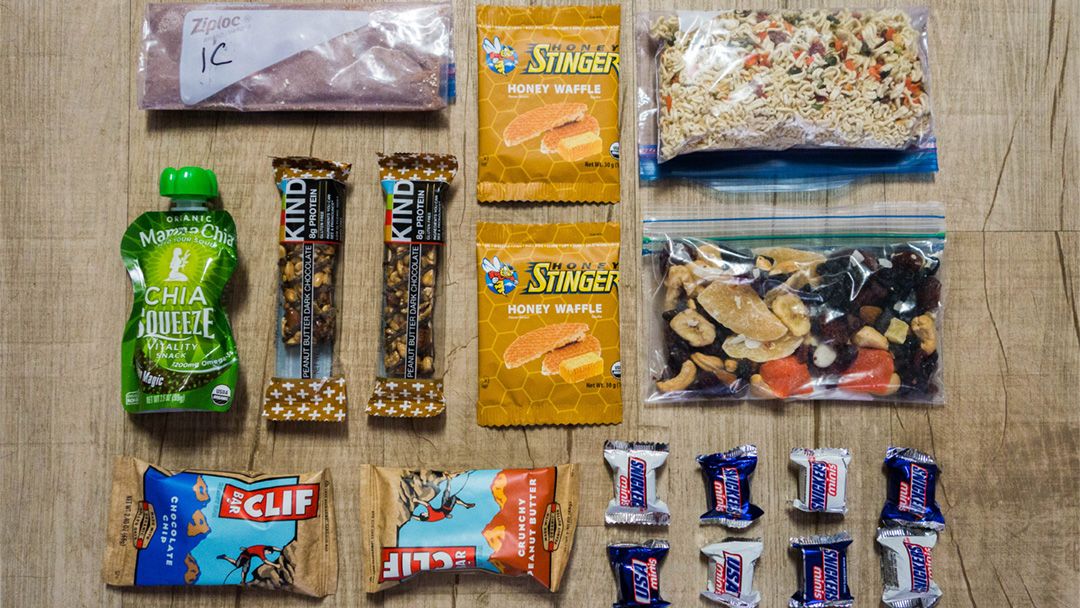
My Ultralight Backpacking Food List for the John Muir Trail
There are two things I can’t stand, within the context of this article, when I’m on a backpacking trip. Those are being hungry and returning home with food left over. A good backpacking meal…
-
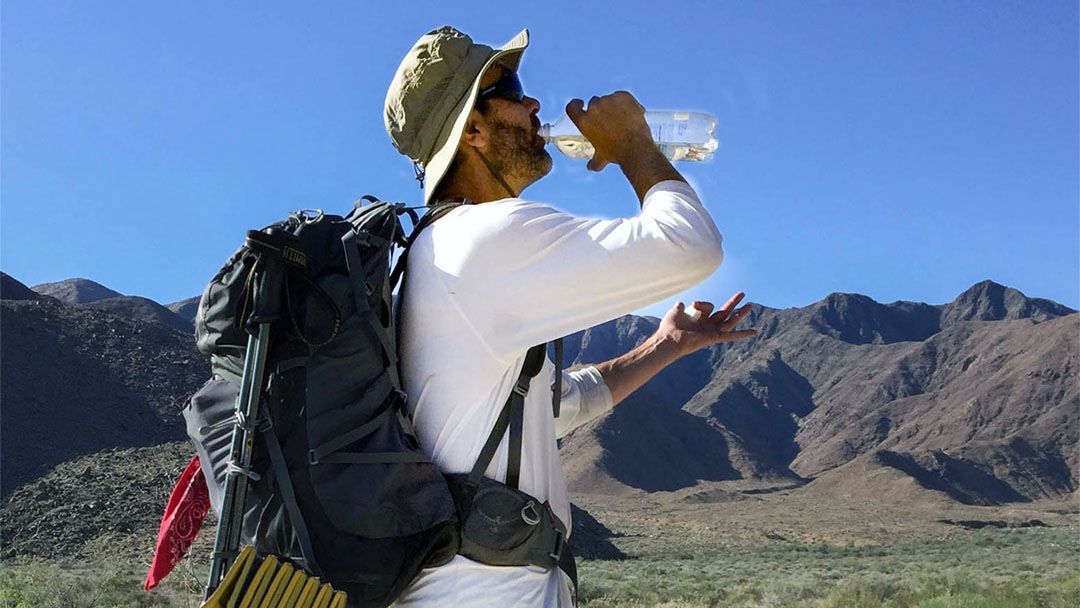
How Much Water Should I Carry Hiking or Backpacking? Staying Hydrated on the Trail.
Have you ever run out of water on a hike with miles or hours to go before your next sip? If you have, then you’re not alone…
-
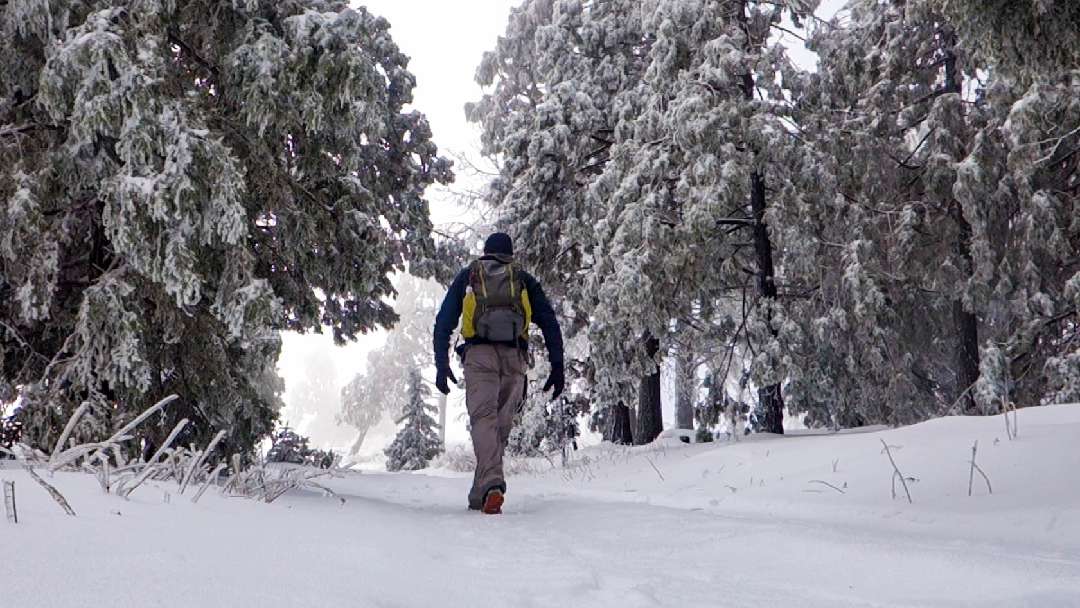
My Cold Weather Hiking Clothes Tested on Cuyamaca and Stonewall Peaks in the Snow
Introduction Over the last couple of years, I have been putting together an effective system of cold-weather hiking clothes. I
-
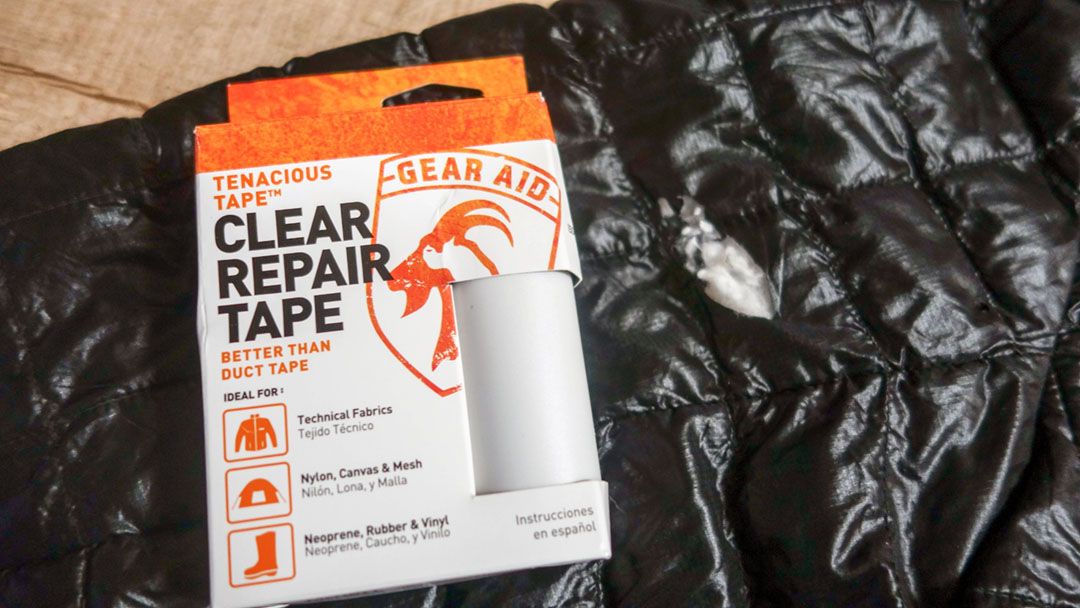
How to Repair a Puffer Jacket in 3 Easy Steps
After a night of desert shenanigans involving flaming Roman candles a few weeks ago, my favorite North Face puffer jacket
-
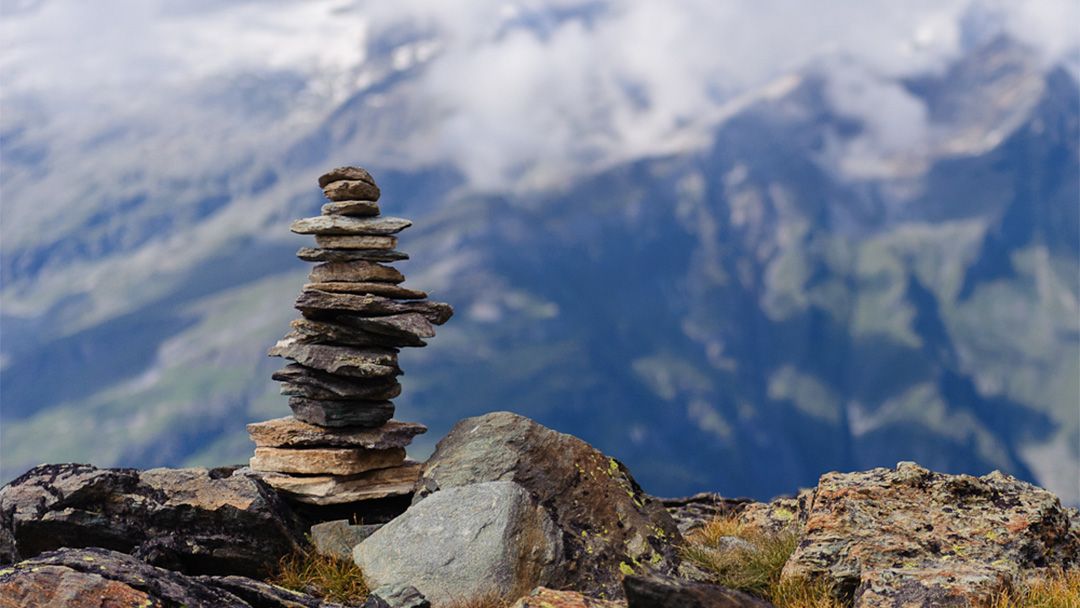
Leave No Trace Principles for Hiking and Camping Explained
Whether you’re new to hiking and camping or just starting, chances are you’re familiar with the term, “Leave no trace,”
-
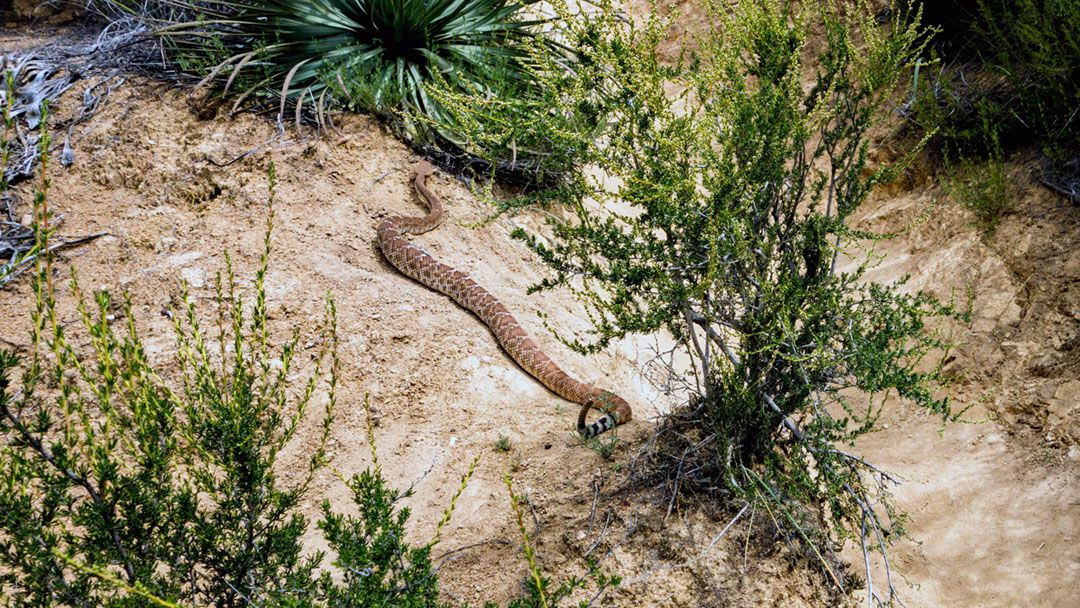
Snake Bite First Aid and Prevention when You’re on the Trail
For those of us who enjoy heading out into the wilderness, snake encounters are a fact of life. The good